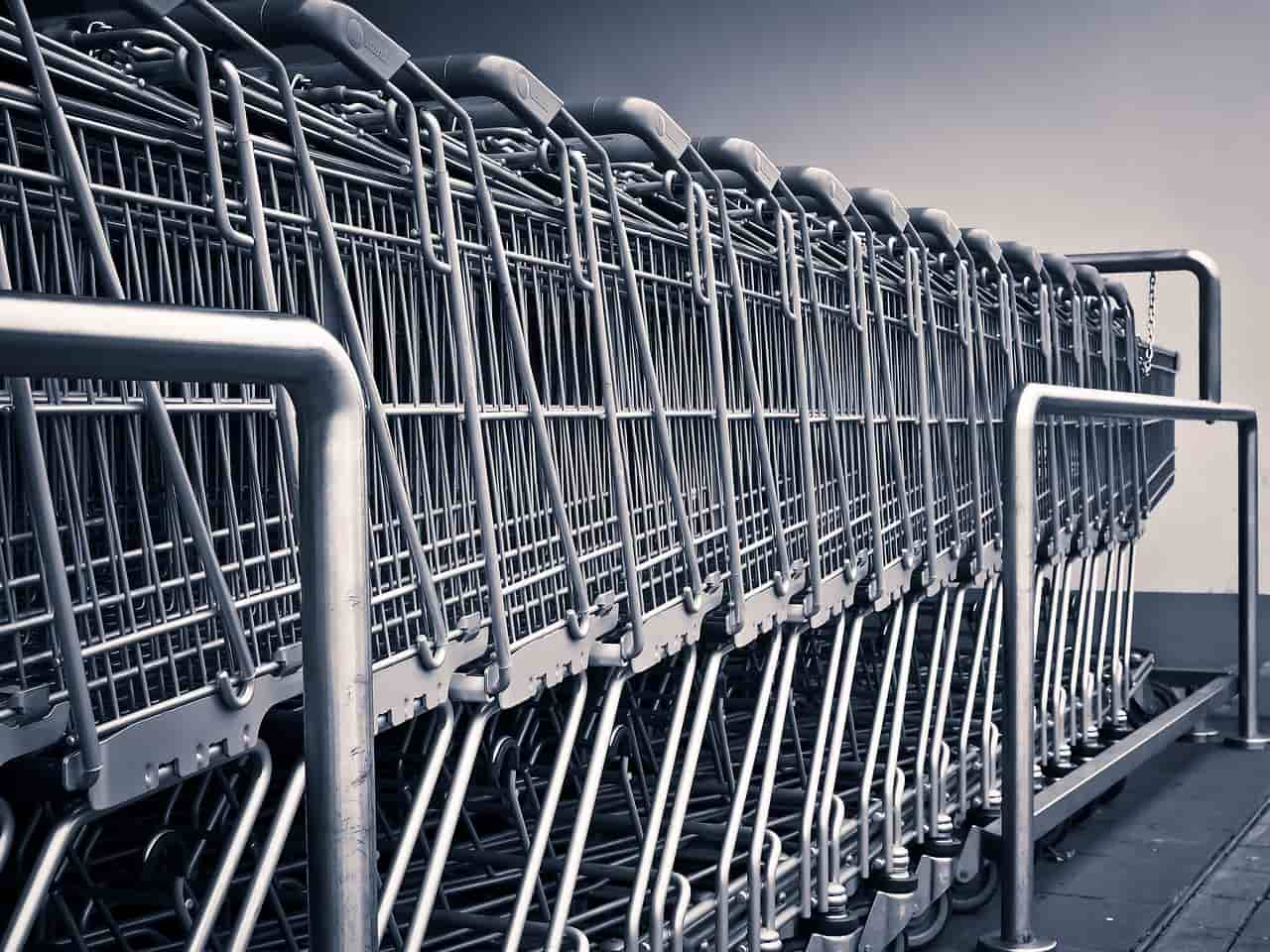The retail industry is in the midst of a profound and exhilarating transformation. In 2025, the era of traditional brick-and-mortar stores operating in silos from their online counterparts is over. The future of retail is a dynamic, interconnected ecosystem where technology, consumer expectations, and a relentless focus on personalization are driving a new paradigm of commerce. This retail revolution is not about the death of physical stores but rather their rebirth as strategic hubs of experience, while digital channels evolve into highly intelligent and personalized shopping assistants.
The challenges are significant, but the opportunities for innovation and growth are immense. Retailers who succeed are those who are agile enough to move at the speed of culture, leverage data for hyper-personalization, and create seamless, engaging experiences that blur the lines between the digital and physical worlds.
The Rise of Hyper-Personalization and AI
At the heart of the retail revolution is the power of data and Artificial Intelligence (AI). AI has moved beyond simple chatbots and is now a foundational element of the new retail playbook. It’s a shift from “guesswork to precision,” where demographic-based marketing is being replaced by an understanding of “micro-moments” – a customer’s mood, intentions, and even the weather.
- Predictive Analytics and AI Agents: Retailers are using AI to predict what you will buy next, not just based on past purchases but by analyzing a vast array of data points, including social media activity, traffic patterns, and local events. This “psychic supply chain” results in fewer out-of-stock items, less overproduction, and faster deliveries. Furthermore, AI agents are emerging to handle tasks autonomously, from personalizing product recommendations to streamlining the entire shopping journey, minimizing the friction of endless scrolling and decision-making.
- Virtual Try-Ons and AI Stylists: The risk of online shopping is being mitigated by technologies that provide a more interactive experience. Augmented Reality (AR) allows customers to virtually try on clothing, visualize how furniture will look in their living room, or see how a new shade of lipstick matches their skin tone. AI stylists are taking this a step further, curating entire wardrobes based on a customer’s lifestyle and preferences, creating a truly personalized shopping experience at scale.
The Omni-Channel Imperative
The modern consumer doesn’t shop in a single channel; they move fluidly between online and offline experiences. They expect a seamless journey, where a retailer’s brand, inventory, and customer service are consistent across all touchpoints. This is the essence of omni-channel commerce, and it’s no longer a luxury but a necessity for survival.
- The Physical Store as an Experience Hub: Physical stores are being reimagined as hubs for customer engagement and experience. They are no longer just places to sell products but venues for community building, product education, and brand interaction. Technologies like in-store automation, smart shelves, and mobile checkout options are reducing friction and freeing up staff to focus on strategic customer engagement.
- Seamless Fulfillment: The demand for instant gratification is driving innovation in fulfillment. Buy-Online-and-Pick-Up-In-Store (BOPIS) and curbside pickup strategies are now standard offerings. Micro-fulfillment centers and partnerships with logistics providers are enabling same-day or even one-hour delivery options, further blurring the lines between physical and digital.
Beyond Profit: The Rise of Ethical Retail
Consumers, particularly younger generations, are increasingly conscious of the environmental and social impact of their purchases. This is forcing retailers to embed sustainability and ethical practices into their core business models.
- Sustainability as a Growth Driver: Retailers are adopting circular economy principles, offering buy-back programs, repairs, and rentals. AI is being used to optimize inventory and minimize waste, while blockchain technology is enhancing supply chain transparency, allowing customers to trace a product’s journey from sourcing to shelf.
- Building Authentic Connections: Beyond products, consumers are looking to connect with brands that share their values. Retailers are fostering a sense of community through social commerce, live shopping events, and inclusive shopping experiences. This focus on authenticity and ethical sourcing is becoming a key differentiator in a competitive market.
Challenges and the Path Forward
Despite the exciting innovations, the retail industry faces significant hurdles. Economic fluctuations, rising operational costs, and stiff competition from disruptors like Shein and Temu are constant pressures. Labor shortages and the need to upskill the workforce to manage new technologies are also critical challenges. Additionally, as retailers collect more data, they face growing concerns around data privacy and cybersecurity, which if not managed properly can erode customer trust.
The future of retail belongs to those who embrace these challenges as opportunities. By investing in AI and data analytics, prioritizing omni-channel integration, and building a brand rooted in authenticity and sustainability, retailers can not only survive but thrive. The retail revolution is not a single event but a continuous journey of innovation, where the focus remains on one central truth: the customer’s journey, made easier, more personal, and more meaningful.
